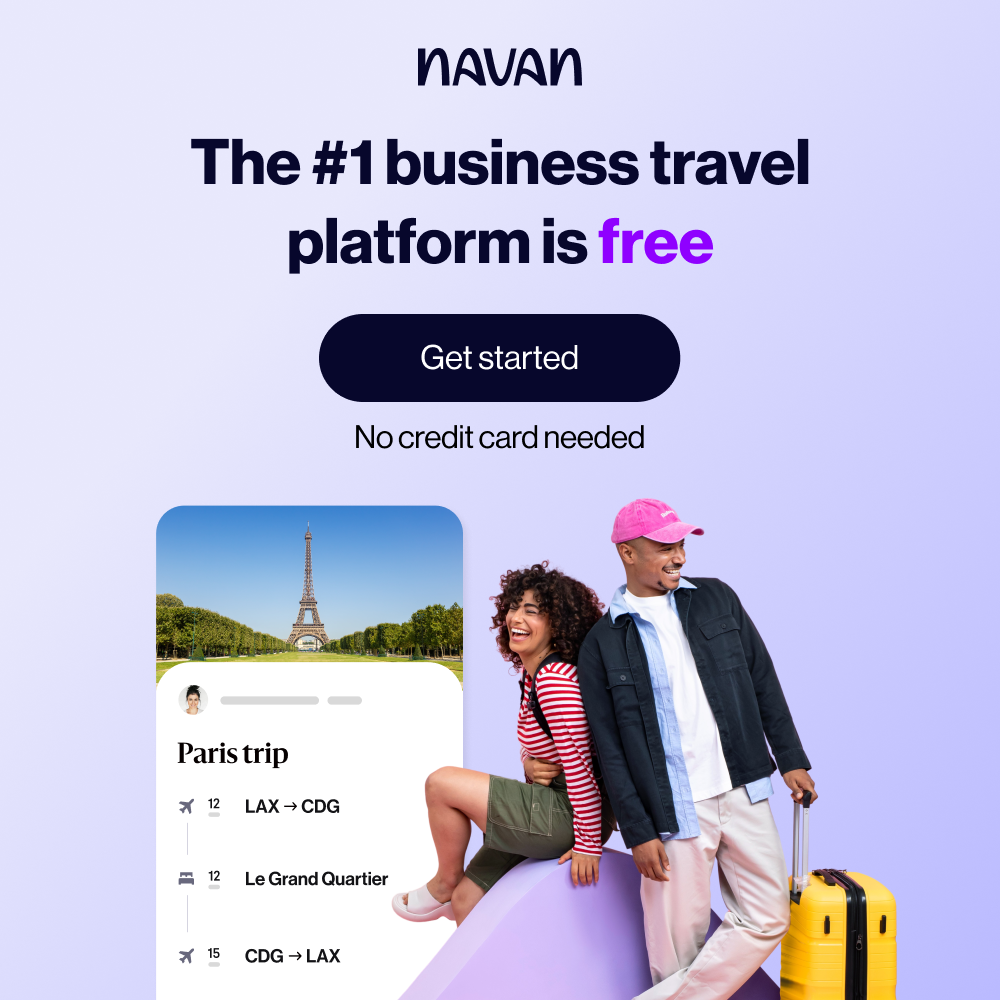5 Small Business Automation Tools for 2025 That Aren’t Just Hype
Small business owners are busier than ever and—let’s be honest—none of us have the patience for tech that piles on complexity, creates more admin work, or just sits there gathering digital dust. In 2025, automation isn’t about chasing shiny objects or signing up for another SaaS subscription; it’s about freeing up your time by quietly removing friction from your day-to-day operations. At Flex Force Solutions, we’re obsessive about cutting real manual overhead, not just selling features. So, here are the five automation tools we actually deploy for clients this year—no fluff, no hype, just hardworking solutions that relieve the operational grind.

1. Make.com – The Visual Automator for Busy Teams
If you ever find your inbox filled with orders to "just connect these two apps"—welcome to the club. Make.com is our tool of choice to bridge those messy gaps with genuinely useful automations. Forget coding; make lets us drag, drop, and map together actions across your apps without headaches.
- What it really does for you: Replaces repetitive manual inputs—think copying spreadsheet data, forwarding emails, sorting new client intakes, or syncing bookings to calendars—with flawless behind-the-scenes workflows.
- Quick-win example: Automatically assign leads from your website form to the right person in your Asana sales pipeline, alert your team in Missive, and drop a summary in your Slack channel. The handoff is instant, nothing slips through the cracks, and nobody wastes time on busywork.
2. Missive – Collaborative Inbox That Eliminates Chasing Threads
Email is still where chaos thrives for small teams. Missive is an absolute game-changer: a shared, programmable inbox where messages, social DMs, and chats flow into one streamlined queue. But it’s not just about seeing everything in one place—it’s what you can do with it that saves you time.
- What it really does for you: Route emails, delegate client messages, set up auto-replies or reminders, and trigger tasks without bouncing between tabs or forwarding chains.
- Quick-win example: Customer support emails can be auto-assigned based on rules (e.g., "urgent" subjects go to managers, billing to accounting). Staff leave comments right on messages—no more side chats or missed context.

3. Clean Email – Banishing Inbox Clutter, Automatically
Ready to stop battling your inbox? Clean Email isn’t another "just unsubscribe" tool. It gives you automation over the noise: automatically archiving, sorting, or muting emails before you even see them. Gone are the days of "catching up" on 1,200 unread non-urgent updates.
- What it really does for you: Filters out order confirmations, newsletters, and automated receipts to dedicated folders, so your action items aren’t buried.
- Quick-win example: Set up filters for all client communications to stay in the primary inbox and have all marketing or transactional emails shuttle to "read later"—letting you focus on real work when you log in.
4. HubSpot's Automation Tools – Systemizing the Lead Journey
We’re not talking about enterprise bloat, but the simple, practical HubSpot automation tools accessible even on smaller plans. For growing businesses, these let you create rules so leads, deals, and customer data flow to the right place and trigger next steps—no more spreadsheet wrangling or chasing reminders.
- What it really does for you: Sends onboarding emails, creates task reminders, updates lead statuses, and qualifies prospects—leaving no lead behind or stuck in limbo.
- Quick-win example: Every time someone books your calendar, HubSpot logs the contact, sends a pre-call checklist, and schedules a follow-up email automatically.

5. Asana Flow Automations – Tasks That Manage Themselves
If you’ve ever assigned a project only to see nothing happen, you know why task automation matters. Asana’s automations let us build rules so routine work (like assigning tasks, updating statuses, or moving projects between boards) happens reliably, every time.
- What it really does for you: Sets up recurring reminders, deadline nudges, and progress updates so work moves—even if nobody’s nudging it.
- Quick-win example: When a deal is marked "Closed-Won" in your sales board, an onboarding project launches automatically, tasks are assigned, and due dates are set according to your standard playbook.
Why Automation Isn’t About Adding, But Subtracting
The real payoff isn’t a longer tech stack or more dashboards. Every automation we design at Flex Force Solutions focuses on two things:
- Removing steps: Each tool above is there because it takes something off your plate—whether that’s moving data, assigning work, or cleaning your inbox.
- Reducing chaos: Automations that actually stick are simple enough for your team to use but powerful enough to prevent dropped balls and firefighting.
We’ve found that when you approach automation as "friction removal," you end up with lighter processes and more time—not more tech headaches.
How to Start: Our No-Fluff Approach
You don’t need a six-month roadmap or a five-figure consultant. Here’s our own first step for any new automation project:
- Flag what’s eating your time. (Is it email triage? Moving leads through your CRM? Manually pinging your team?)
- Automate the boring step first. (If it bores you, it can probably be automated.)
- Connect only what you need. (Start with just a 1-2 step workflow. Don’t try to automate the universe on Day 1.)
- Test, tweak, and expand. (If it works and actually saves you time, expand to other pain points.)
Why We Use These Tools (And Only Recommend What Actually Works)
We’ve tested dozens—probably hundreds—of automation platforms, from the overhyped to the obscure. Tools like Make.com and Missive have become our go-tos for a simple reason: they cut out manual admin, help teams operate without adding more spreadsheets or micro-management, and actually get adopted (no dusty shelfware here).
If you need someone to not just advise you but build out, automate, and optimize your daily business workload, Flex Force Solutions is here. Not with another pitch, but with a promise—you’ll stop doing tedious work, and your team won’t even notice the complexity disappear.
.png?width=1280&height=320&name=Email%20Logo%20(1).png)
 By
By


